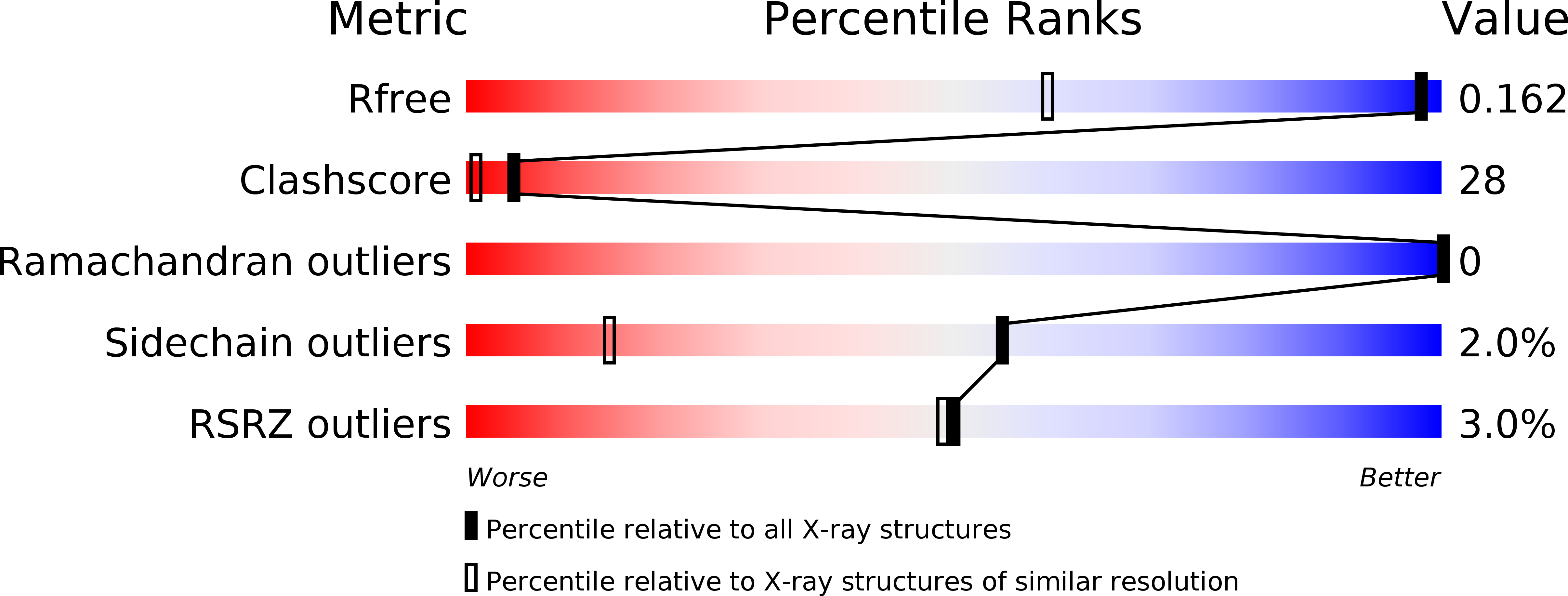
Deposition Date
2004-06-25
Release Date
2005-04-05
Last Version Date
2024-10-30
Entry Detail
PDB ID:
1TUK
Keywords:
Title:
Crystal structure of liganded type 2 non specific lipid transfer protein from wheat
Biological Source:
Source Organism:
Triticum aestivum (Taxon ID: 4565)
Method Details:
Experimental Method:
Resolution:
1.12 Å
R-Value Free:
0.16
R-Value Work:
0.13
R-Value Observed:
0.13
Space Group:
C 1 2 1


